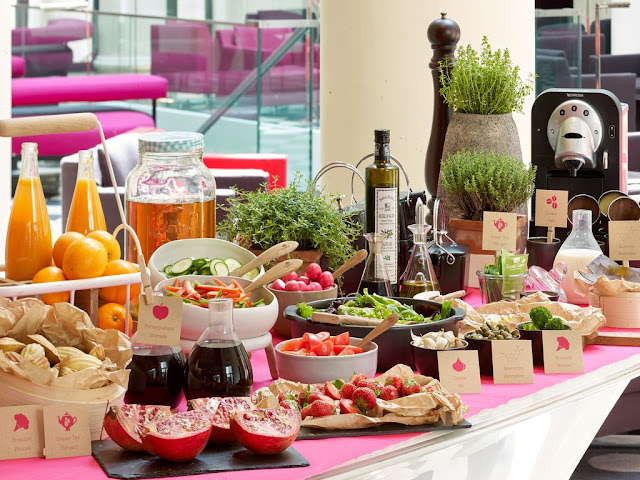Flashy Terms to Market Vegetable Consumption
 | ||||||||
| Taste Adds Charm to Vegetables
Flashy Terms to Market Vegetable Consumption
Time and again it has been repeated that a nutritious diet
is one that has the perfect blend of healthy proteins, carbohydrates and fats
with primary focus on whole grains, dairy, fruits and vegetables in reasonable
portions.
Except for the rare few vegetables such as potatoes (these
are high in carbs and increase blood glucose levels similar to sweets) which
need to be consumed in moderation, rest of the vegetables can be consumed in
ample quantities without inhibitions. Best in nutrition values, vegetables
remain down in the preferred list of foods. It might be because people dislike
the bland taste of vegetables, some just don’t like them or some others have a
bias simply because it is healthy. However colorful the veggie might be, it can
never compete with deep-fried, calorie-rich junk foods.
Sharper Marketing Skills
Standard nutrition recommendation is to consume at least 2
cups of vegetables and 2.5 cups of fruits daily which most of us don’t. A new
study published in the journal JAMA emphasizes that labeling vegetables
with indulgent words/phrases makes people choose these vegetables and feel good
after eating them. Simply put, this is nothing but a marketing strategy for the
long-known vegetable fraternity with some polishing and tinkering. Where the
world has come to! Marketing for foods that have been used for hundreds of
years.
The study was simple. A university cafeteria served its
regular vegetable in its typically normal way. The only difference was the
signboard denoting the vegetable changed every day in any of the four
ways-basic, healthy restrictive, healthy positive and healthy indulgent.
Every reader’s thoughts would have been shipped out to the
veggies described in each of these columns and the final column would surely
have been mouth-watering to many. Using fancy words can add so much beauty and
charisma to such a simple food without much hype. Study results showed that:
The fact that indulgent labeling fulfills people’s
requirement to eat something tasty is the reason for its instant hit among the
University fellows. Researchers also made it clear that they were not trying to
cheat the diners anytime by adding fancy words and tastes that don’t prevail
for a certain veggie but always put forth true facts in attractive words.
One downside of this study is its long-term effectiveness.
Initially all these sugar-coated words might do the trick and motivate people
to choose more veggies. But, as the person gets used to such labeling, it’s a
matter of time before which the fancy wears off and the customer starts
ignoring the vegetable. On the brighter side, this study confirms the fact that
insisting the health quotient of a vegetable is not as
effective/result-oriented as talking about its good taste. Also, when adults
start eating more veggies from the selected range of dishes offered, kids are
sure to follow suit. Find interesting and attractive kid-friendly veggie ideas
at www.firsteatright.com. Use them
to prepare your child’s school snack box or meal and don’t be surprised to find
their box empty!
|


Comments
Post a Comment